Inside the Indian Music Experience Museum Bangalore: A Full Guide
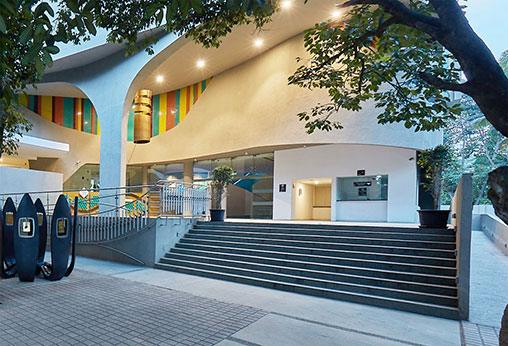
There are museums that display history, and then there are museums that let you step inside it. The Indian Music Experience Museum (IME) in Bangalore belongs firmly to the second category. It is not a quiet gallery where you tiptoe from one framed object to the next. Instead, it hums, vibrates, glows, echoes, sings, and occasionally surprises you with a beat you didn’t know you needed.
Often called India’s first interactive music museum, IME is a beautifully curated tribute to the country’s sonic heritage — a place where folk rhythms sit comfortably next to Bollywood classics, ancient instruments share space with state-of-the-art recording studios, and curious visitors rediscover how deeply music shapes our identity.
If you’re looking for things to do in Bangalore, if you’re exploring cultural attractions in Karnataka, or if you’re simply someone who gravitates toward melody and storytelling, the Indian Music Experience Museum is a place you could spend hours in without realising how quickly time has passed.
In this Blog
What Makes the Indian Music Experience Museum Special?
The museum feels less like a formal institution and more like a living, breathing portrait of India’s vast musical world. Every room is crafted to stir curiosity, spark nostalgia, and encourage participation — regardless of whether you know a raga from a riff.
You don’t just look at music here.
You press it, pluck it, tap it, remix it, and in many corners, you actually become part of it.
And that is precisely what sets IME apart. It’s equal parts:
- cultural archive
- interactive playground
- performance space
- storytelling hub
- and a love letter to India’s soundscape
This balanced blend of technology, tradition, and tactile experience makes it one of the best museums in Bangalore and a favourite among families, students, musicians, and travellers.
The Sound Garden – Where the Museum Begins Before You Enter
Long before you step into the museum’s main building, IME introduces its philosophy in the most poetic way possible.
The Sound Garden is an open-air collection of large-scale musical sculptures — instruments you can walk around, strike gently, or listen to quietly. The design encourages you to reconnect with the very basics of sound: vibration, resonance, material, space, and silence.
Some of the highlights include:
- Lithophones made from resonant stone
- Humming drums that respond to touch
- Bell trees that create cascading tones
- Sonic swings that merge movement with melody
- Wind chimes that turn the breeze into a score
Children love this space, adults unexpectedly linger, and photographers find endless frames here. It feels almost meditative — a reminder that music often begins with the simplest elements of nature.
Meet the Icons – India’s Music Legends
Step onto the first level, and the museum shifts tone from playful to reverential. Here, you’re greeted by the Pathfinders Gallery, dedicated to the extraordinary artists who shaped India’s musical identity.
This isn’t just a row of portraits. It’s a beautifully layered tribute featuring:
- archival recordings
- memoir excerpts
- rare photographs
- performance clips
- and personal stories that humanise each legend
You walk through an emotional hall of fame featuring:
- Lata Mangeshkar’s quiet strength
- Kishore Kumar’s effortless charisma
- Ravi Shankar’s global influence
- MS Subbulakshmi’s devotional depth
- RD Burman’s experimentation
- AR Rahman’s reinvention of sound
It’s the kind of gallery that makes you pause often and think, “Wow, I grew up with this voice.”
Inside IME Bangalore: Classical, Folk, Bollywood and More
If the first level of the museum celebrates the legends who shaped Indian music, the second level celebrates the worlds they belonged to — the traditions, the sounds, the regional identities, and the emotional landscapes that birthed their artistry. This floor feels like stepping into a long, winding corridor of India’s cultural memory, where every state, every community, and every era contributes a voice of its own.
1. Classical Music
The classical gallery gently introduces you to the depth of Hindustani and Carnatic traditions without overwhelming you. Interactive screens explain how ragas change with the time of day, how talas form the backbone of rhythm, and how gharanas evolved through lineage and learning. You can sit at listening pods, compare different interpretations of the same raga, and slowly understand why classical music is often described as meditative architecture made of sound. It’s educational, yes, but more importantly, it’s calming and surprisingly accessible.
2. Folk Traditions
Walk a few steps further and the energy instantly shifts. The folk gallery bursts with colour, movement, and regional pride. This section honours the music born from soil, festivals, harvests, rituals, and everyday life.
You’ll meet:
- Baul singers from Bengal with their spiritual, wandering songs
- Lavani performers from Maharashtra with their rhythm and theatrical expression
- Manganiyar musicians from Rajasthan who carry centuries-old desert traditions
- Yakshagana performers from Karnataka in all their dramatic glory
- Tribal communities from Central India whose music is rooted in nature and community
Each corner surprises you — new instruments, new costumes, new stories. It’s a reminder that India’s folk traditions are not just music; they’re living histories passed from one generation to the next.
3. Film Music & Pop Culture
Then comes the section almost everyone ends up spending the most time in: the room dedicated to Indian film music.
This is where nostalgia hits you like a familiar tune — the kind that makes you pause mid-step and smile without realising it.
You’ll find:
- retro-style listening booths
- displays on evolving sound engineering
- trivia that uncovers the magic behind iconic songs
- timelines of Bollywood’s changing musical eras
- the rise of indie artists, rock bands, and new-age composers
It’s lively, colourful, and full of the songs we grew up with. This part of the museum feels personal, almost like flipping through old radio memories.
Where You Become the Artist – Interactive Studios & Jam Zones
The third level is where IME shifts from storytelling to participation. This is where you stop being a spectator and become part of the music-making process.
Recording Booth
A fully equipped mini studio invites you to record your own song. Pick a beat, add your voice, adjust effects, and watch how a simple line becomes a layered track. Kids love it, but adults often end up having even more fun.
Instrument Stations
Spread across the floor are stations where you can try different Indian and global instruments:
- tabla
- veena
- ghatam
- drums
- guitar
- keyboard
You don’t need to know anything about music. The setup guides you gently, letting you feel the rhythm, understand tempo, and enjoy the joy of simply making sound.
Remix Console
For those who enjoy experimenting, the remix console lets you blend Indian classical loops with modern beats. It’s intuitive, playful, and strangely addictive.
The Soundscape Room
A 360-degree immersive room wraps you in India’s most evocative sound environments:
- the softness of monsoon rain
- temple bells echoing in the morning air
- the buzz of Indian streets
- folk festival rhythms
- serene forest ambience
It’s cinematic, calming, and often becomes a favourite memory for most visitors.
Events, Workshops & Live Performances
IME is more than a museum — it’s an active cultural hub. Throughout the year, the space comes alive with:
- intimate live concerts
- choir performances
- music therapy sessions
- storytelling evenings
- school workshops
- indie gigs
- instrument-making and sound workshops
These events make the museum feel like a community space, where learning happens naturally through listening, participation, and shared curiosity.
Visitor Information – How to Plan Your Visit
Location
JP Nagar 7th Phase, Bangalore — a serene, residential pocket of the city that pairs beautifully with the museum’s calm energy.
How to Reach
- 10–15 minutes from Bannerghatta Road
- 20–25 minutes from Koramangala
- Nearest Metro: Yelachenahalli (Green Line)
- Very well-connected via autos, cabs, and BMTC buses
Timings
- Open: Tuesday to Sunday
- Closed: Monday
- Best visited in the late morning or early evening for comfortable crowd levels
Tickets
Prices vary by category, but generally:
- Adults: ₹150–₹300
- Children & students: discounted rates
(Always check the official IME website for the latest updates.)
Where to Stay Near the Indian Music Experience Museum – Beautiful Stays in and Around Bangalore
After a day spent wandering through melodies, soundscapes, and stories, you may want a stay that feels just as comforting and thoughtfully curated. Bangalore has a lovely mix of homestays, farm stays, and design-forward villas where you can unwind, reset, and soak in the city’s slower side. Here are some of the best places to stay near IME — each with its own personality, charm, and quiet rhythm.
Sunnyside Homestay, Bangalore

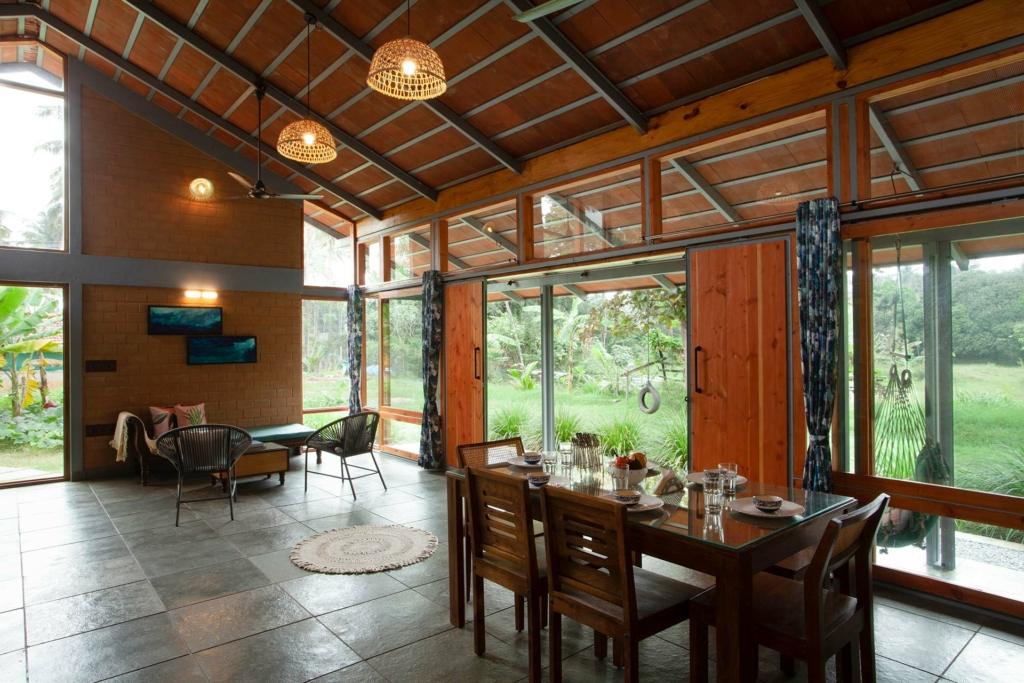
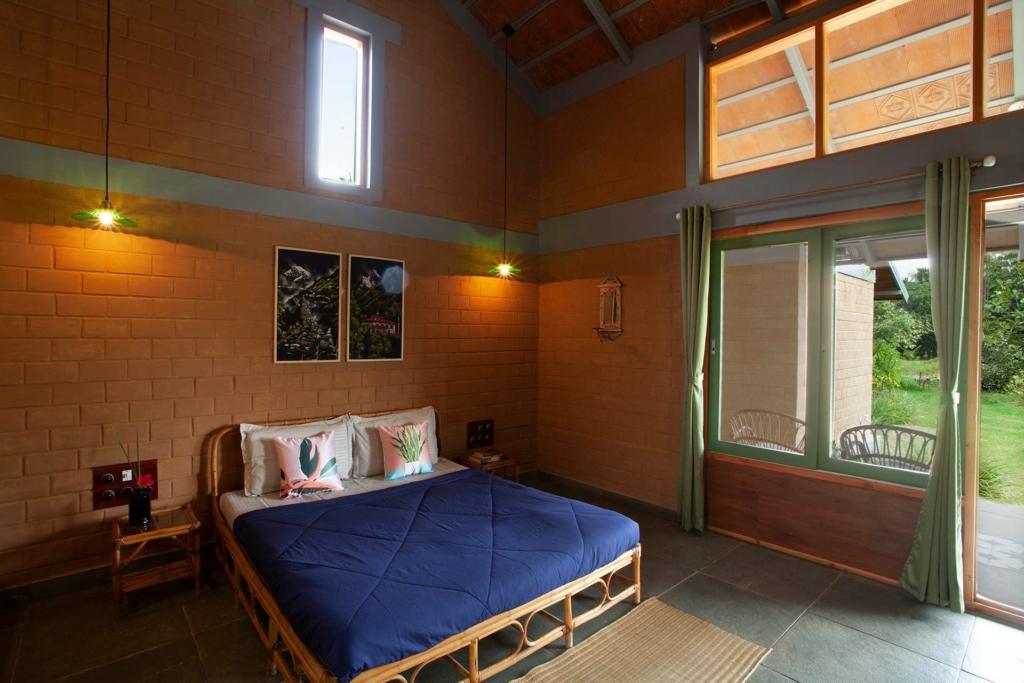
A bright, cheerful homestay set in a peaceful neighbourhood, Sunnyside feels instantly comforting. With warm interiors, sunlight-filled rooms, and a sense of being gently tucked away from the city’s rush, it’s perfect for travellers who like cosy spaces and heartfelt hospitality.
Goldilocks, Bangalore
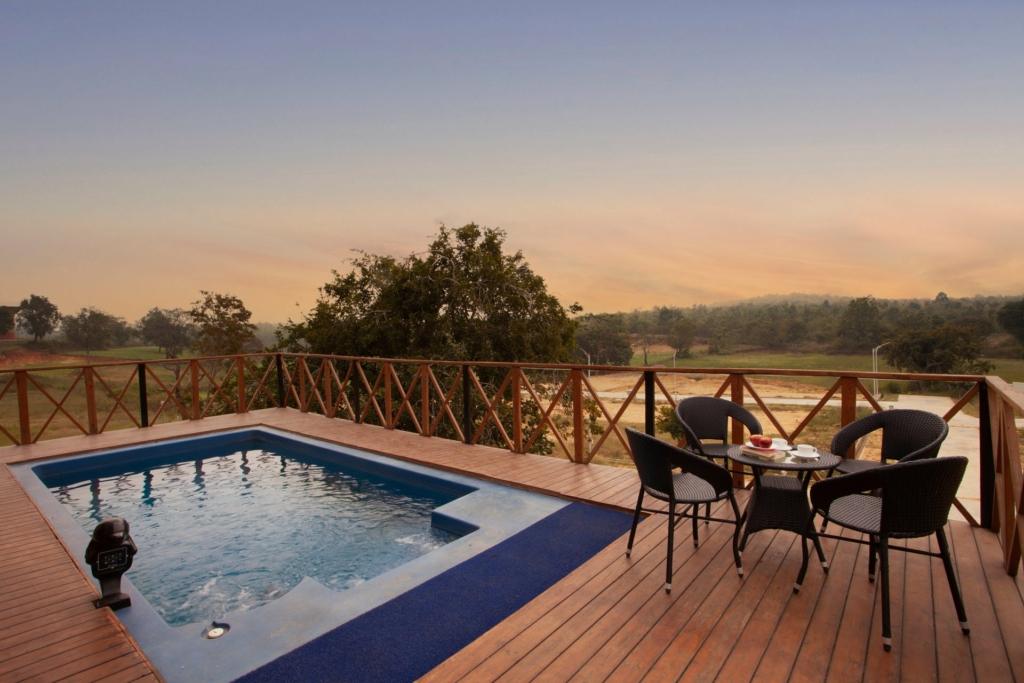
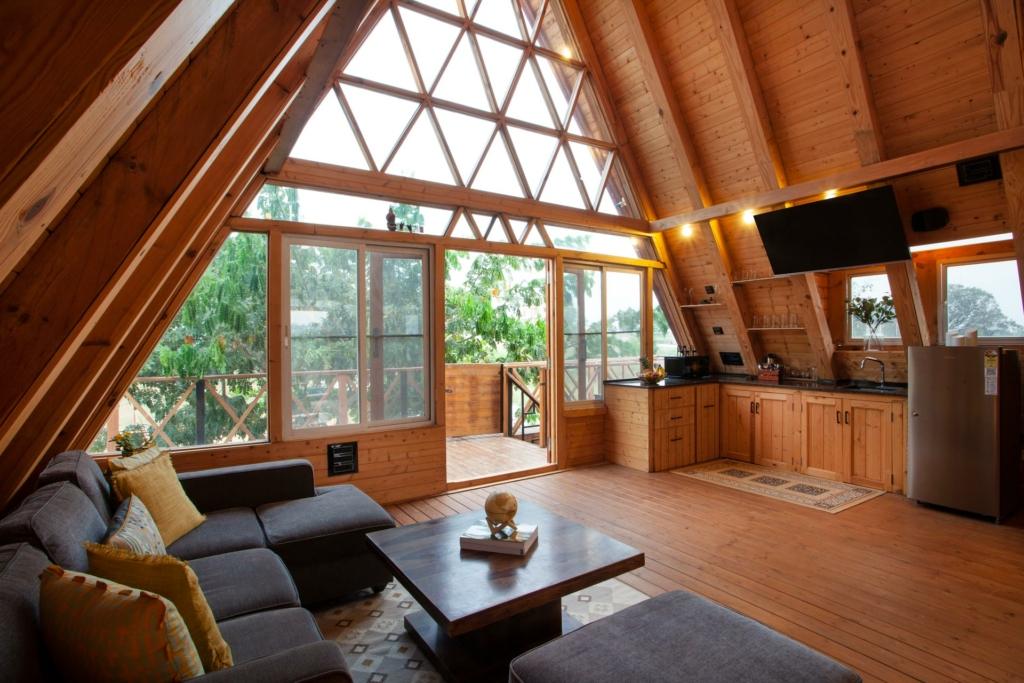
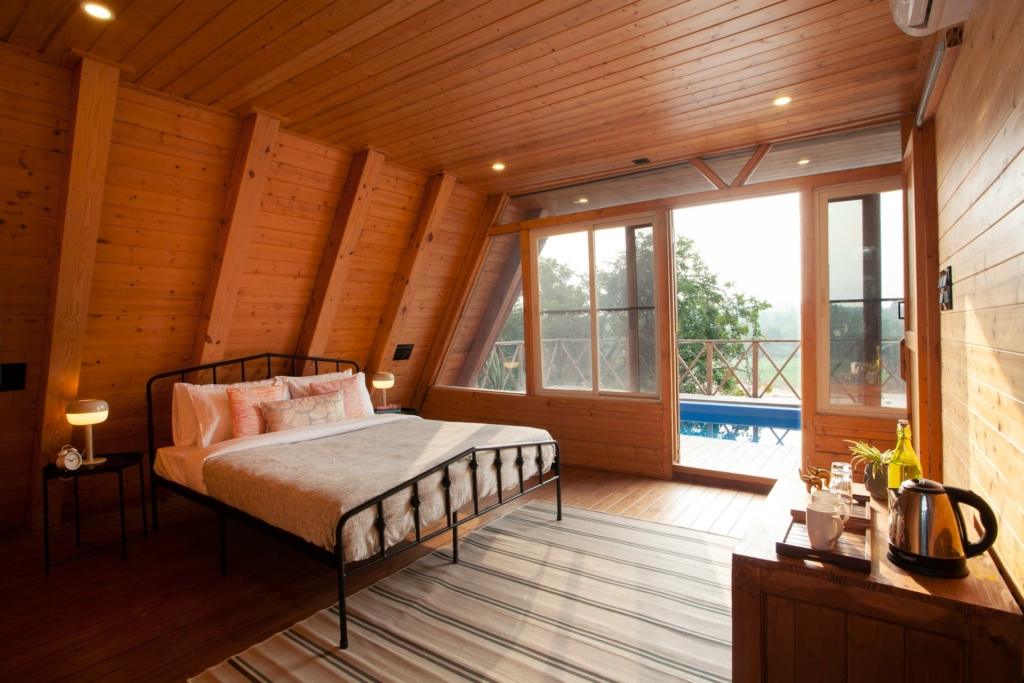
Goldilocks is an elegant, thoughtfully designed home that balances comfort with style. Clean lines, warm tones, and lush surroundings make it ideal for couples or small families looking for a quiet yet modern getaway within city limits.
Silver Oak Farm, Bangalore

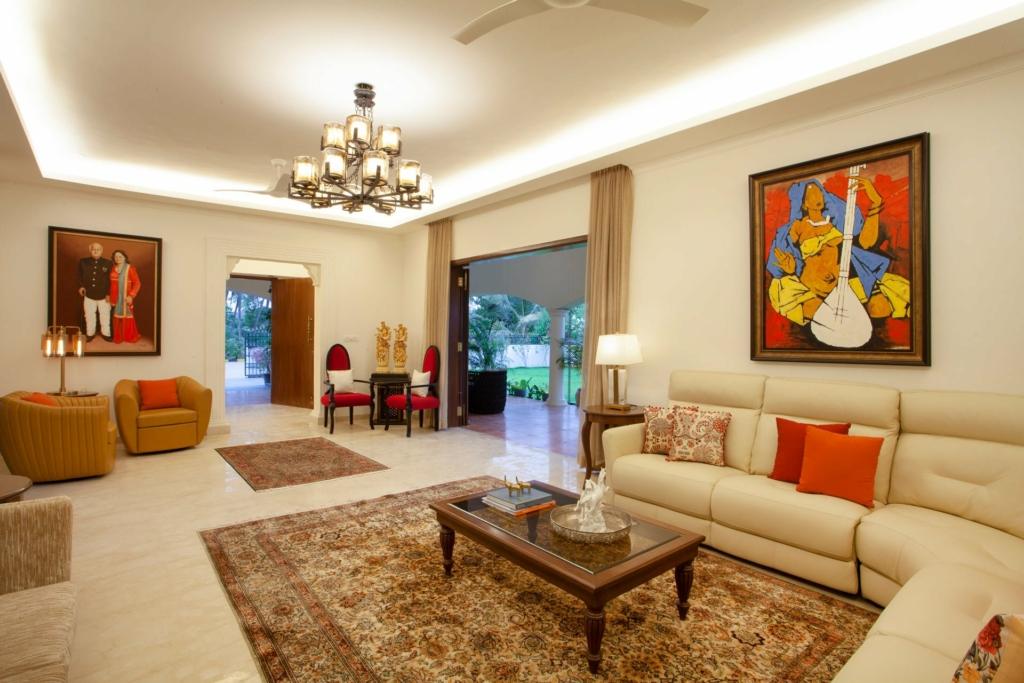
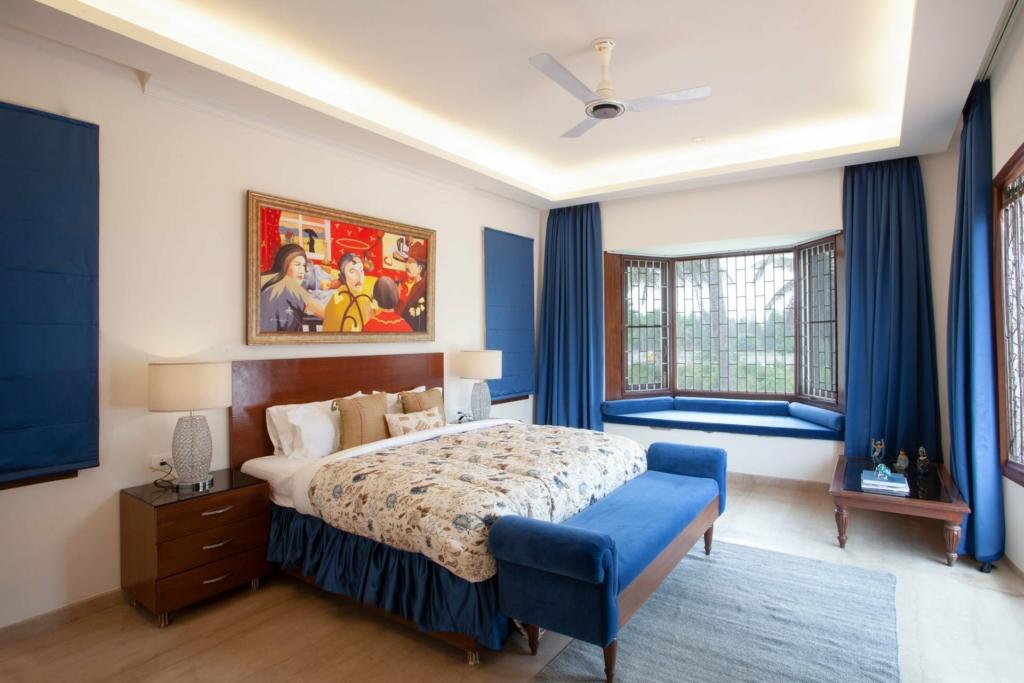
Cradled in greenery and open landscapes, Silver Oak Farm brings together rustic charm and slow-living comfort. Expect breezy verandas, fresh air, long walks, and the gentle kind of quiet that only farms can offer — all without being too far from Bangalore’s conveniences.
Home By The Pinakini, Bangalore

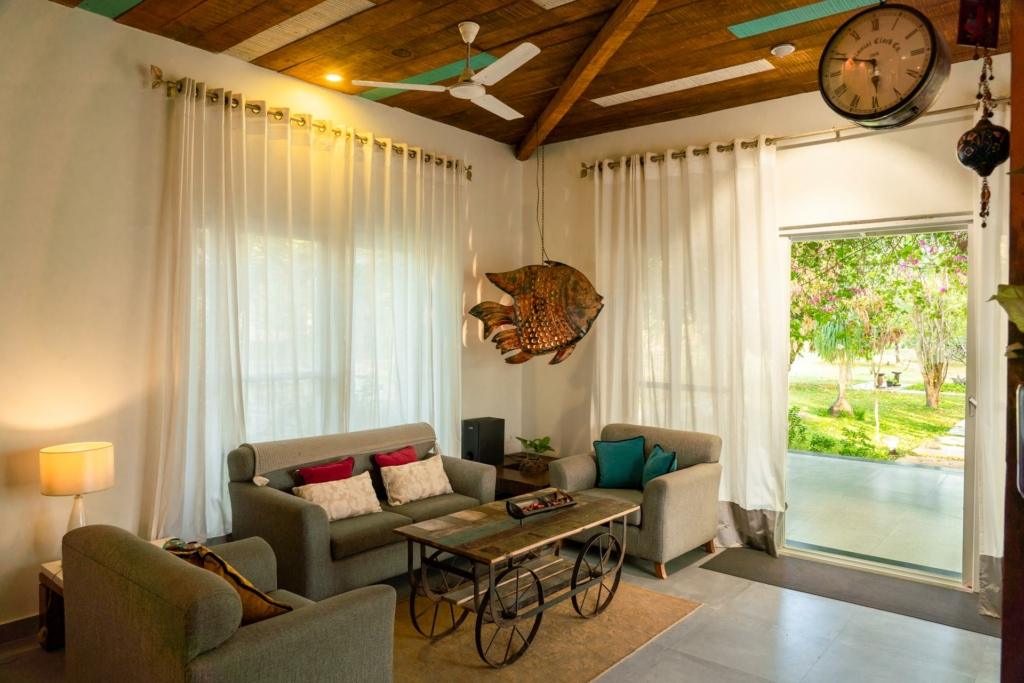

This riverside-inspired stay offers an earthy, calm aesthetic shaped by natural materials and soft colours. It feels intimate and refreshing, making it a lovely choice for travellers seeking a nature-forward break within easy reach of the city.
Cargo Haus, Bangalore

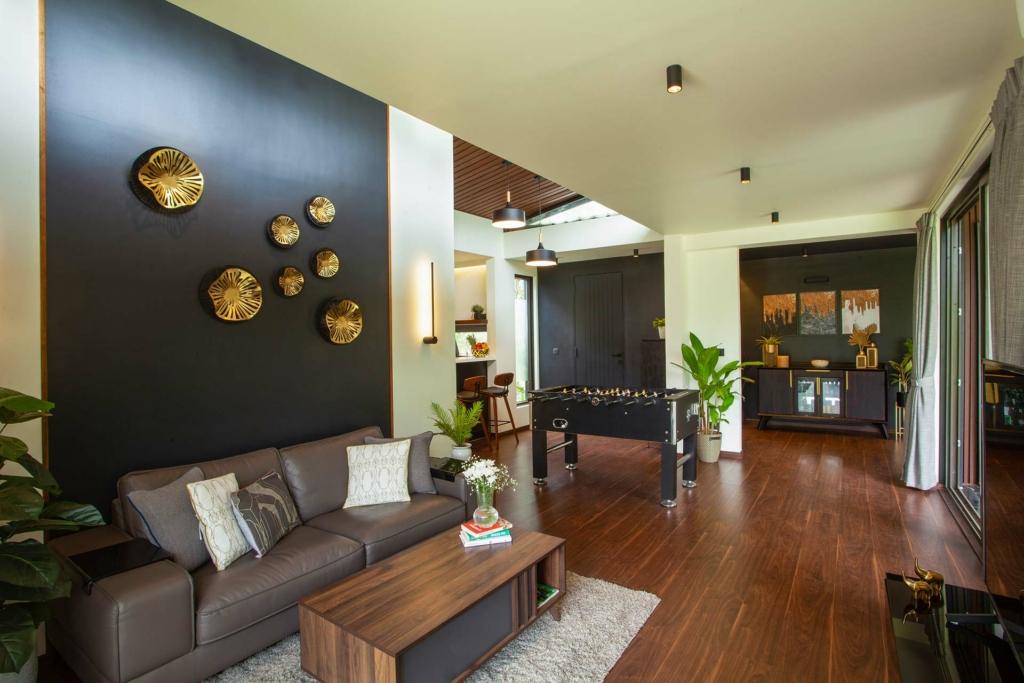
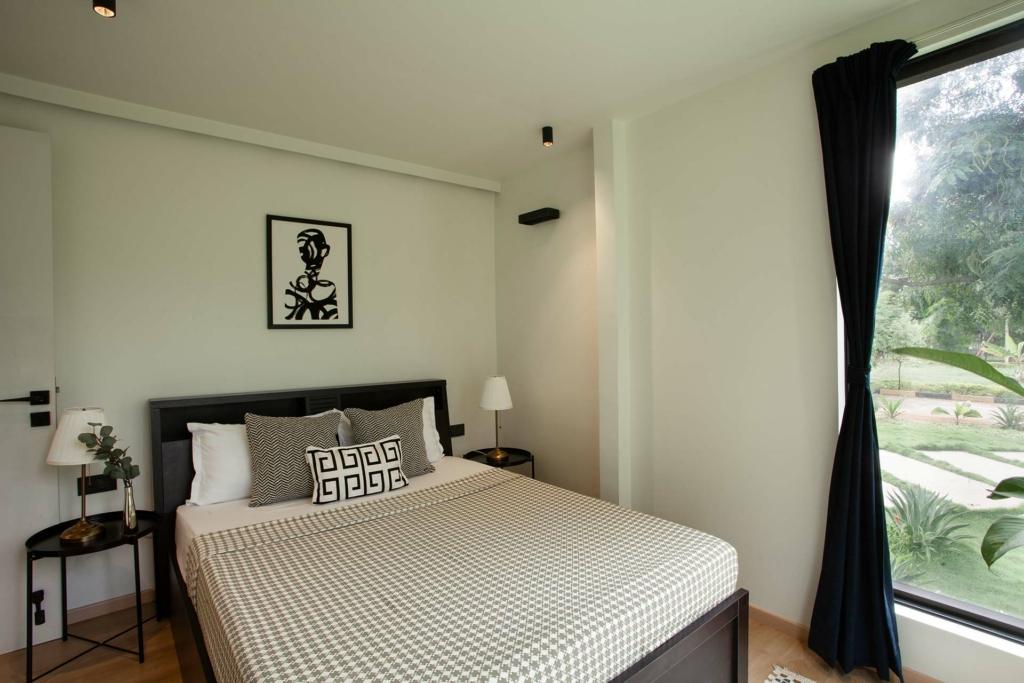
Bold, modern, and striking in its industrial-inspired design, Cargo Haus is for those who love architecture with an edge. With smart use of space, contemporary décor, and a unique visual appeal, it’s ideal for design lovers and urban explorers.
Ananta, Bangalore
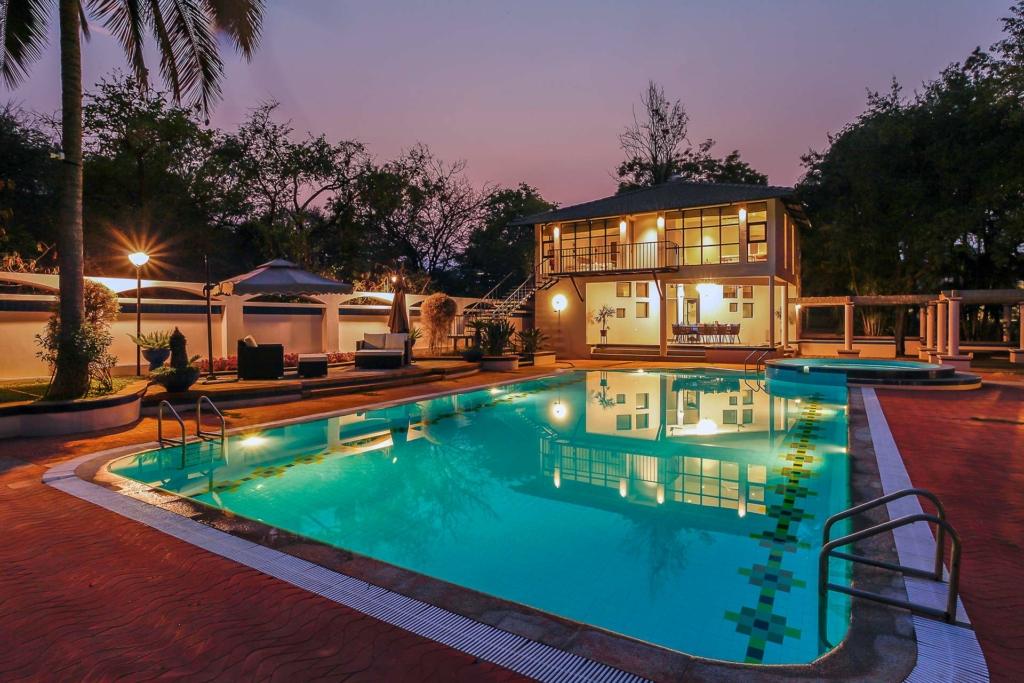
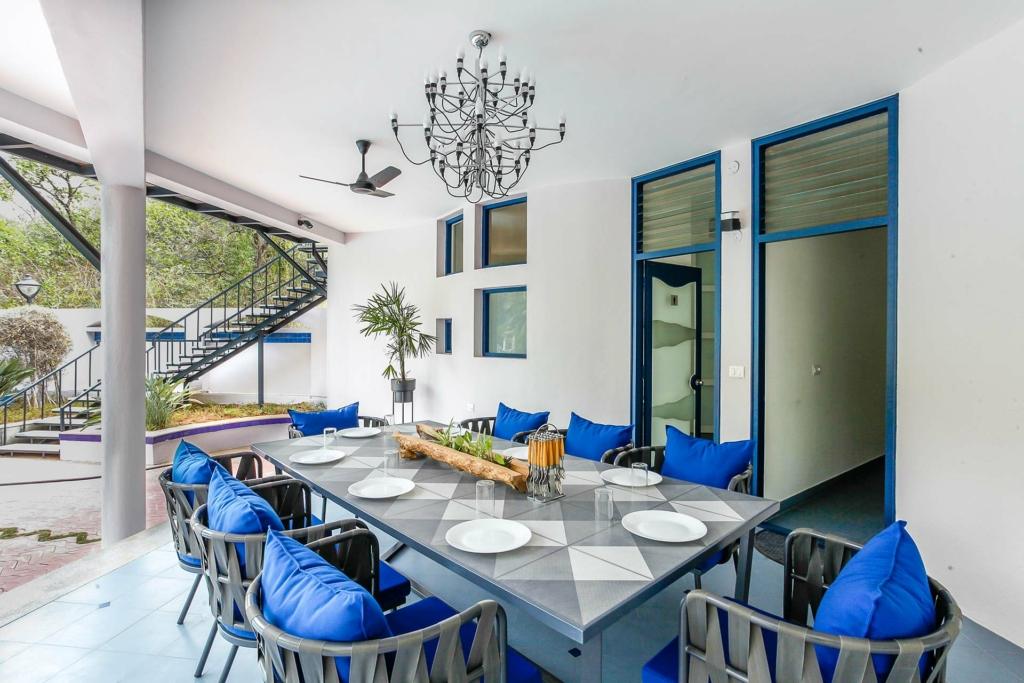
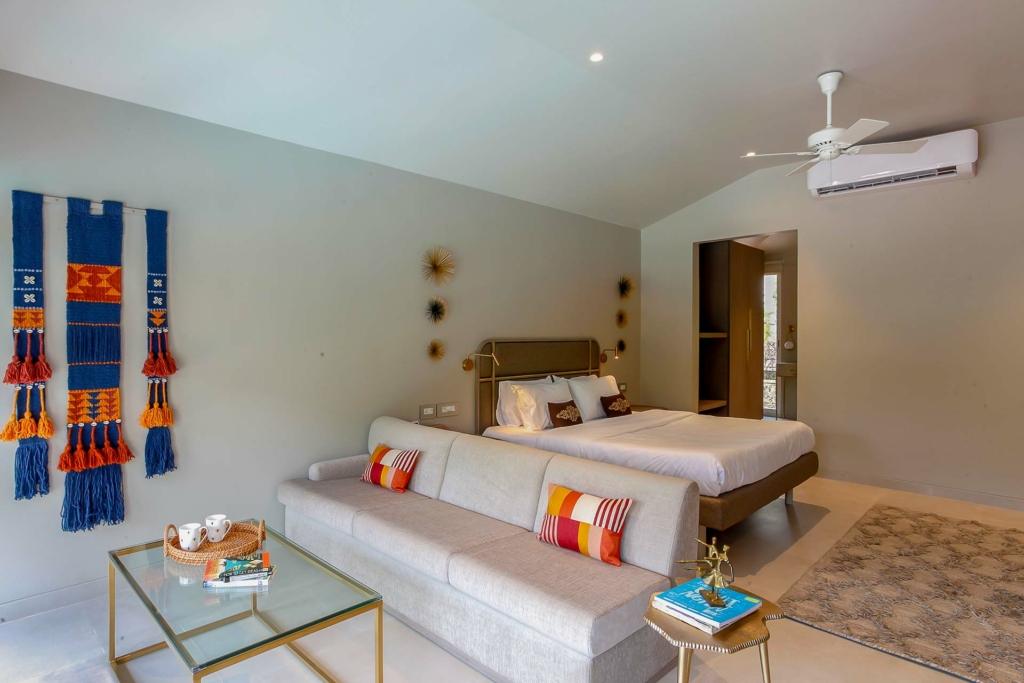
A peaceful, minimalist villa that blends modern sensibilities with understated luxury. Ananta is perfect for guests who want a clean, spacious, thoughtfully crafted home-away-from-home — ideal for long stays, quiet retreats, and deep relaxation.
The Clay Courtyard, Bangalore



Rooted in traditional materials and courtyard-style architecture, The Clay Courtyard is warm, soulful, and beautifully atmospheric. It’s the kind of home where you slow down naturally — with earthy textures, open spaces, and a serene setting that feels like a gentle escape from the city.
What makes IME special is that it treats music as something alive, emotional, evolving, and deeply personal. It celebrates India’s cultural roots while welcoming the modern voices shaping our music today. It is one of the few museums where children laugh, adults experiment, teenagers discover new genres, and seniors quietly hum along to old favourites. Whether you live in Bangalore or are visiting the city, the Indian Music Experience Museum offers a warm, enriching, and beautifully curated journey through India’s musical heritage.





